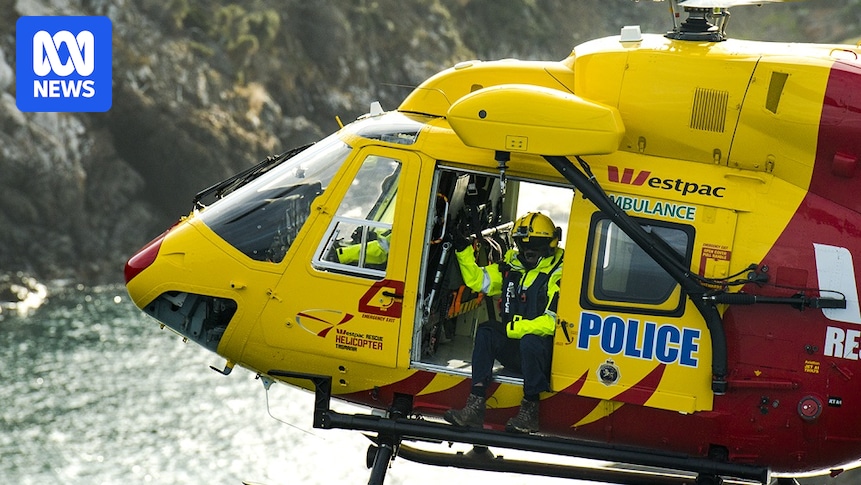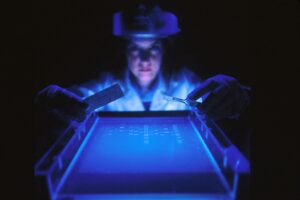
The Tasmanian government has awarded a 12-year contract for emergency aviation services to StarFlight, a mainland company, marking the end of a 25-year era for local operator Rotor-Lift. The decision, announced after a protracted tender process, has left Rotor-Lift’s owner “devastated” as the company has been a staple in the state’s search and rescue operations.
StarFlight will take over the responsibilities of providing search and rescue, medical evacuations, and law enforcement support, including operations during sieges. The contract, valued at $354 million, promises to introduce new technology and capabilities, such as winching stretchers from the ground, which Health Secretary Dale Webster emphasized as a significant enhancement over previous services.
Rotor-Lift’s Legacy and Reaction
Established in 1991, Rotor-Lift transitioned from a helicopter sales and maintenance company to a key player in Tasmania’s emergency services. Allana Corbin, managing director of Rotor-Lift, expressed her sorrow over losing the contract. “After 25 years of service to the community, it’s the end of our contract, which is devastating to all of us,” she said, highlighting the personal and familial nature of the business.
Corbin criticized the tender process, describing it as “very poorly executed” and noted that her company was not consulted during the process. She argued that maintaining Rotor-Lift’s current operations would cost the government $200 million over the next 12 years, significantly less than the new contract’s cost. “We’ve provided a Versace service at a Kmart price,” she remarked, emphasizing the value Rotor-Lift offered.
Government’s Perspective and Future Plans
Health Minister Bridget Archer defended the tender process as “open and competitive.” She acknowledged Rotor-Lift’s contributions over the years but stressed the importance of upgrading the state’s emergency aviation capabilities. “We believe we’ve come up with a contract that is value for money for Tasmanians, returns social and economic benefit to Tasmanians, and importantly lifts the capability of our fleet,” Webster stated.
The new service will be headquartered at a government-run aerobase at Cambridge Aerodrome, which is still under development. The lease for this facility is expected to be approximately $2.1 million annually. Webster noted that this arrangement would allow continuity of services beyond the contract’s term if needed.
StarFlight’s Commitment to Tasmania
StarFlight, Australia’s largest aeromedical service, is committed to enhancing Tasmania’s emergency aviation services. Director Jim Elder emphasized the company’s plans to introduce new aircraft and personnel, as well as to create training opportunities through an academy. “Our commitment to Tasmania … is to make sure all Tasmanians get the service and opportunity that they deserve in terms of the medical services,” Elder said.
StarFlight also plans to consider current Rotor-Lift employees for positions within the new operation, aiming to leverage local expertise and skills.
Enhanced Capabilities and Law Enforcement Support
Acting Tasmania Police Commissioner Jonathan Higgins praised the anticipated improvements in search and rescue operations. The new helicopters’ advanced technology, including infrared cameras, will enhance the ability to locate missing persons and conduct rescues at sea. “They’ll be able to track them from a greater distance above and more effectively with the mapping systems in place,” Higgins explained, highlighting the benefits for aerial law enforcement tasks.
As Rotor-Lift’s contract concludes in January 2026, the transition to StarFlight represents a significant shift in Tasmania’s emergency aviation landscape, promising both challenges and opportunities as new technologies and strategies are implemented.







